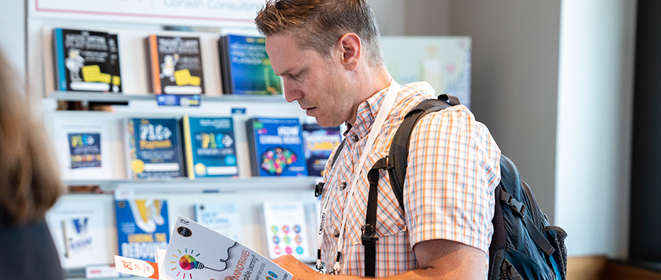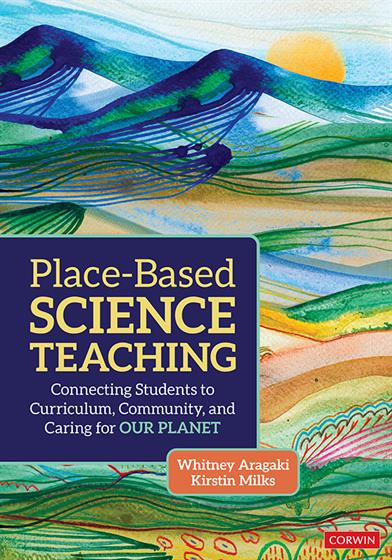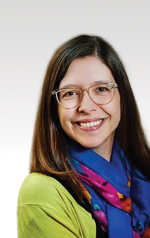Description
Jumpstart your imagination and transform your science classroom by centering place-based learning
Identity, community, and place are tightly connected and can be leveraged to deepen science learning for students.
Place-Based Science Teaching offers K-12 science educators an innovative approach to building learning experiences that embrace the rich and varied knowledge held by people, both past and present, about the places we call home. This book helps teachers to foster greater personal investment of students in their learning, as well as develop NGSS-informed authentic problem-solving and critical reasoning skills. The book will also help teachers create and find joy in their classrooms by connecting lessons to local environments, cultural heritage, and global issues.
Written by nationally recognized STEM educators Whitney Aragaki and Kirstin Milks, the book blends inspiring storytelling with practical frameworks and resources. Chapters will take you behind the scenes into innovative classrooms, detailing high-impact, standards-aligned activities and sharing educator stories from diverse settings.
Grounded in cutting-edge research and real-world examples, Place-Based Science Teaching
- Introduces the Place Based Science Teaching Framework that asks “where are you,” “when are you,” “who are you,” and “who are we together” as a way to connect learning to local and global contexts
- Provides classroom-ready lessons and case studies from many educational settings, aligned with NGSS and centered on belonging, access, and engagement
- Offers strategies for virtual spaces and digital perspectives to enhance teaching in an increasingly online world
- Includes actionable reflection prompts designed to help teachers explore their own positionality and better connect with their students and communities
This book will encourage educators and administrators alike to transform science learning into an opportunity for building empathy, connection, and hope. Place-Based Science Teaching is designed to help teachers foster a sense of place and stewardship among their students, and address peace- and justice-focused solutions that encourage students to care for their communities, think critically about global challenges, and develop the agency to lead for generations to come.



